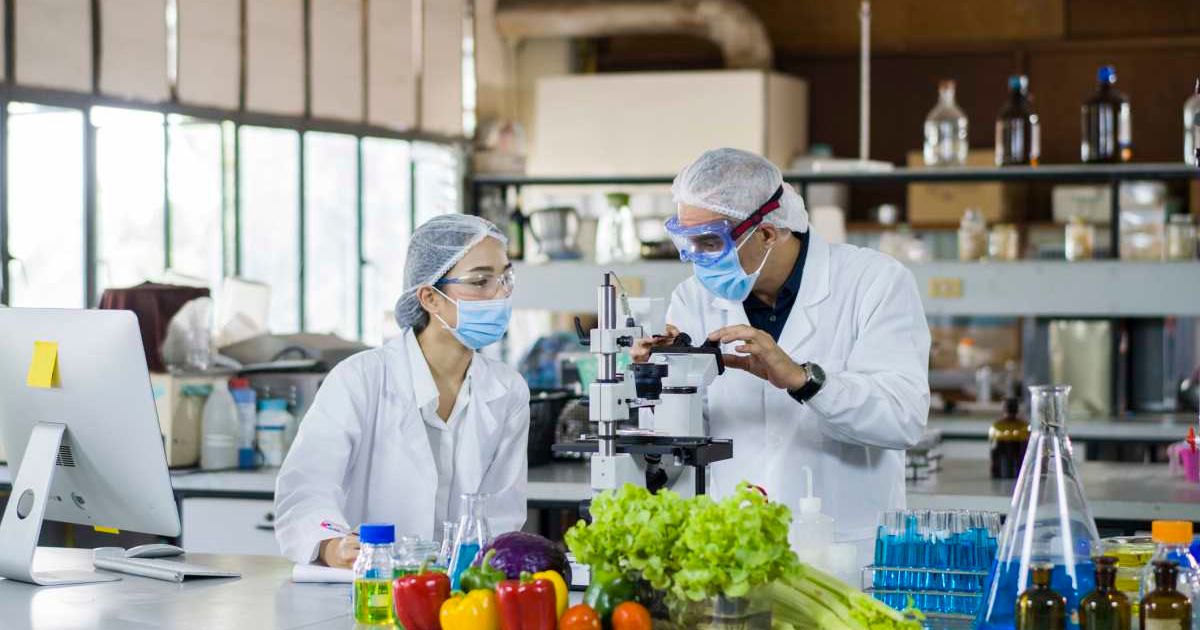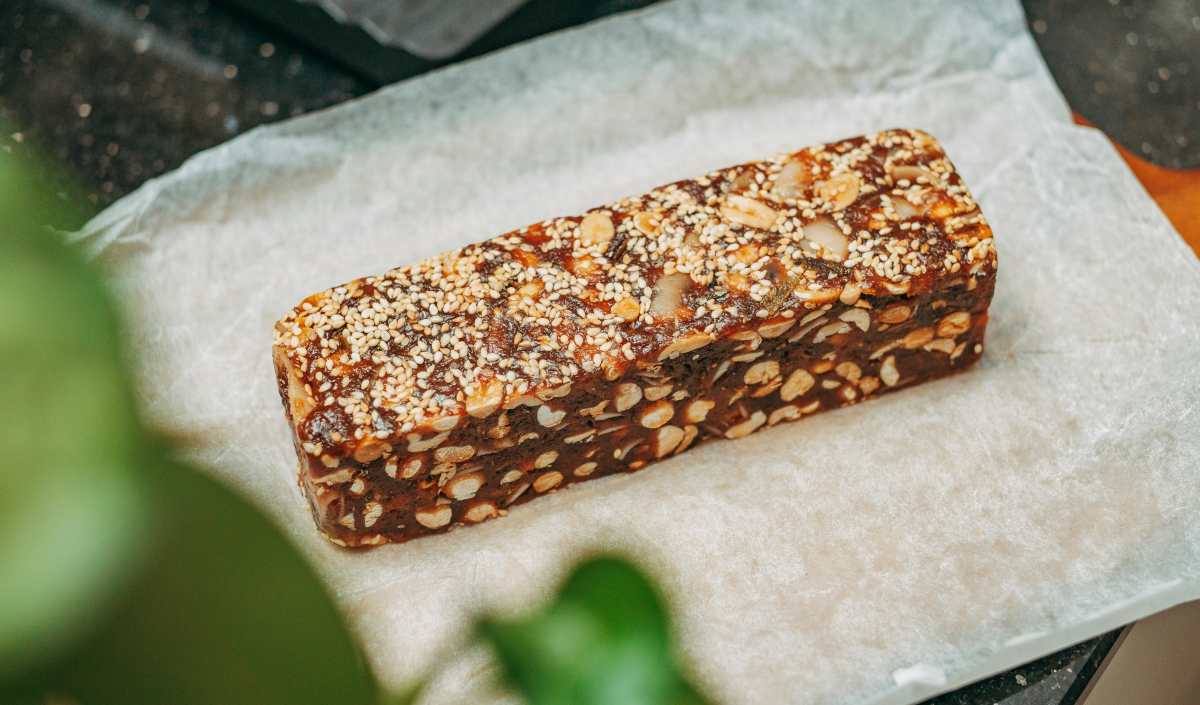Experts Once Believed We Could Make Food From Air — Today, Science Is Almost There

Science constantly gives us some truly unbelievable inventions that once seemed impossible. From machines that help humans in every possible way to Artificial Intelligence that can now understand human language, these incredible breakthroughs serve as a reminder of how science can transform our everyday lives. This is not it; it has now been reported that a century ago, scientists imagined a future where humans would be able to create food out of air. While it might sound strange to many of us, some modern companies are now trying to achieve this milestone. All of this started in the early 1920s, when French chemist Daniel Berthelot created a strange "Garden of Wonders" near Paris.

Inside this unique place, scientists worked on creating food from basic elements like hydrogen, carbon, and oxygen. Daniel was reportedly building on his father, Marcellin Berthelot’s pioneering research, as he tried to create fats and sugars without using plants or animals. He imagined doing this by filling giant glass tanks with gases and lighting them with ultraviolet lamps, due to which tiny flakes of artificial food (vegetable starches and vegetable sugars) would form like snow. As reported by Popular Science, Norman C. McCloud, a popular science writer, referred to the experiment and wrote, “[The younger] Berthelot already has produced foodstuffs artificially by subjecting various gases to the influence of ultra-violet light.”

He added, “These experiments show that by means of light, vegetable foods can be manufactured from air gases.” Daniel’s father predicted back then that by the 2000s, all food items would be artificially produced. Referring to Marcellin’s ideas, Henry Dam, a writer, wrote, “The epicure of the future is to dine upon artificial meat, artificial flour, and artificial vegetables. Wheat fields and corn fields are to disappear from the face of the earth. Herds of cattle, flocks of sheep, and droves of swine will cease to be bred because beef and mutton and pork will be manufactured directly from their elements.”
But this never actually worked, as people are still growing food the usual way. However, now, almost a century later, scientists are once again exploring ways to create food in a lab environment instead of farms, but replicating the process of photosynthesis is still a tough thing to achieve. Still, companies keep trying. For instance, just last year, a company called Solar Foods opened a factory in Finland where microbes were used to turn air and water into a protein-rich powder called Solein. This powder can be used for making pasta, ice cream, or protein bars. But unlike Daniel’s idea, it doesn’t make food directly from elements—microbes do the work.

Similarly, several other companies, like Kiverdi in the U.S. and Arkeon Technologies in Austria, are now using microbes to turn carbon dioxide into protein, creating a food source without using land or crops. While this isn’t the same idea that Daniel gave, it’s a big step toward new ways of making food and could help fight food shortages in the future. Meanwhile, food shortages can be a serious issue in the future as rising temperatures, changing rainfall patterns, and extreme weather conditions can damage crops.
More on Green Matters
Gardeners Are Using Sugar Water to Help Their Plants Grow, but Experts Warn About a Hidden Risk